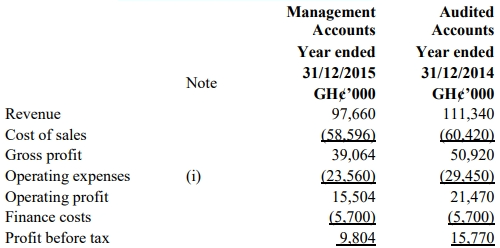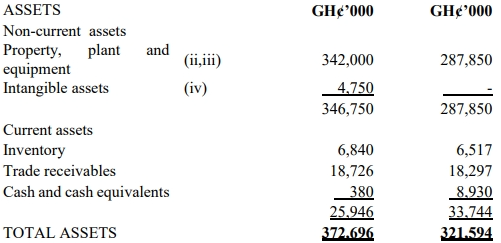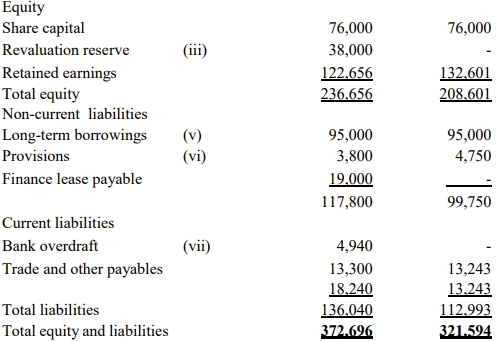- 5 Marks
Question
c) On 1 July 2022, Obidi Ltd introduced a ten-year warranty on all sales of its cooking equipment. Total sales of the cooking equipment for the year ended 31 March 2023 amounted to GH¢2.5 million. The draft Auditor’s Report for the year ended 31 March 2023 showed revenue of GH¢5.6 million.
The notes to the financial statements disclosed that since the introduction of the warranty, Obidi Ltd’s cooking equipment has been guaranteed to be free from defects under normal household use. As a result, no provision was recognised, as the amount of the obligation cannot be measured with sufficient reliability.
The draft report on the Financial Statements of Obidi Ltd for the year ended 31 March 2023 was unmodified.
Required: As the Managing Partner, comment on the draft report before you. (5 marks)
Answer
The sales of cooking equipment represent GH¢2.5 million of revenue for the year, which is 44.6% of total revenue and therefore material to the accounts.
The conditions for recognising a provision in the financial statements in accordance with IAS 37 Provisions, Contingent Liabilities and Contingent Assets are that there is a present obligation as a result of a past event, it is probable that a transfer of economic benefits will be required to settle the obligation, and a reliable estimate can be made of the amount of the obligation.
Obidi Ltd’s management should recognise a provision in the financial statements for the year ended 31 March 2023 if the conditions are met. However, the disclosure in the accounts is as a contingent liability – but it is very unlikely that the company cannot make a reliable estimate of the obligation.
If a provision is not made for the warranty, then the auditor’s opinion would be qualified on the basis of a material misstatement (‘except for’) in respect of non-compliance with the requirements of IAS 37.
(5 marks)
- Tags: Audit opinion, IAS 37, Warranty Provisions
- Level: Level 3
- Uploader: Dotse



